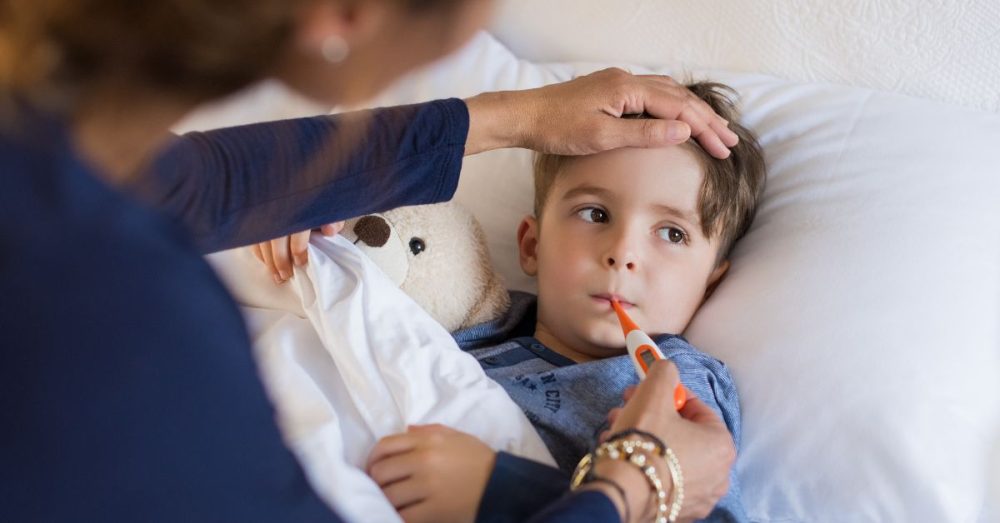The last thing a parent wants is to see his child sick.
That’s why news from UK researchers about a cheap and simple way to shave two days off the average cold will bring joy to every parent. Two days may seem insignificant, but kids can get, on average, between 10 and 12 colds per year — so saving two days each time they have a cold adds up pretty quickly.
Although saline nasal drops are often part of the recommended things to do — including pushing fluids, getting rest, using a humidifier, and using pain relievers — to help treat children’s colds, they’re even more important than anyone previously realized.
“We found that children using salt-water nose drops had cold symptoms for an average of six days, where[as] those with usual care had symptoms for eight days. The children receiving salt water nose drops also needed fewer medicines during their illness,” said Professor Steve Cunningham from Child Life and Health, University of Edinburgh, UK, who presented the results of the study.
“Salt is made up of sodium and chloride. Chloride is used by the cells lining the nose and windpipes to produce hypochlorous acid within cells, which they use to defend against virus infection. By giving extra chloride to the lining cells this helps the cells produce more hypochlorous acid, which helps suppress viral replication, reducing the length of the virus infection, and therefore the duration of symptoms.”
The New York Post reports on this important new study. Here’s the start of the story.
They’re giving props to nasal drops.
UK researchers say that hypertonic saline nasal drops can shorten a kid’s cold by two days and reduce the risk of family members getting sick too.
“Children have up to 10 to 12 upper respiratory tract infections, what we refer to as colds, per year, which have a big impact on them and their families,” explained University of Edinburgh professor Steve Cunningham. “There are medicines to improve symptoms, such as paracetamol and ibuprofen, but no treatments that can make a cold get better quicker.”
For the study, researchers taught parents how to make and apply salt water drops to their children’s noses. Three drops were administered to each nostril at least four times a day until the 150 young children got better.
The remaining 151 kids were given their typical cold treatment.
“We found that children using salt water nose drops had cold symptoms for an average of six days where those with usual care had symptoms for eight days,” Cunningham said. “The children receiving salt water nose drops also needed fewer medicines during their illness.”


